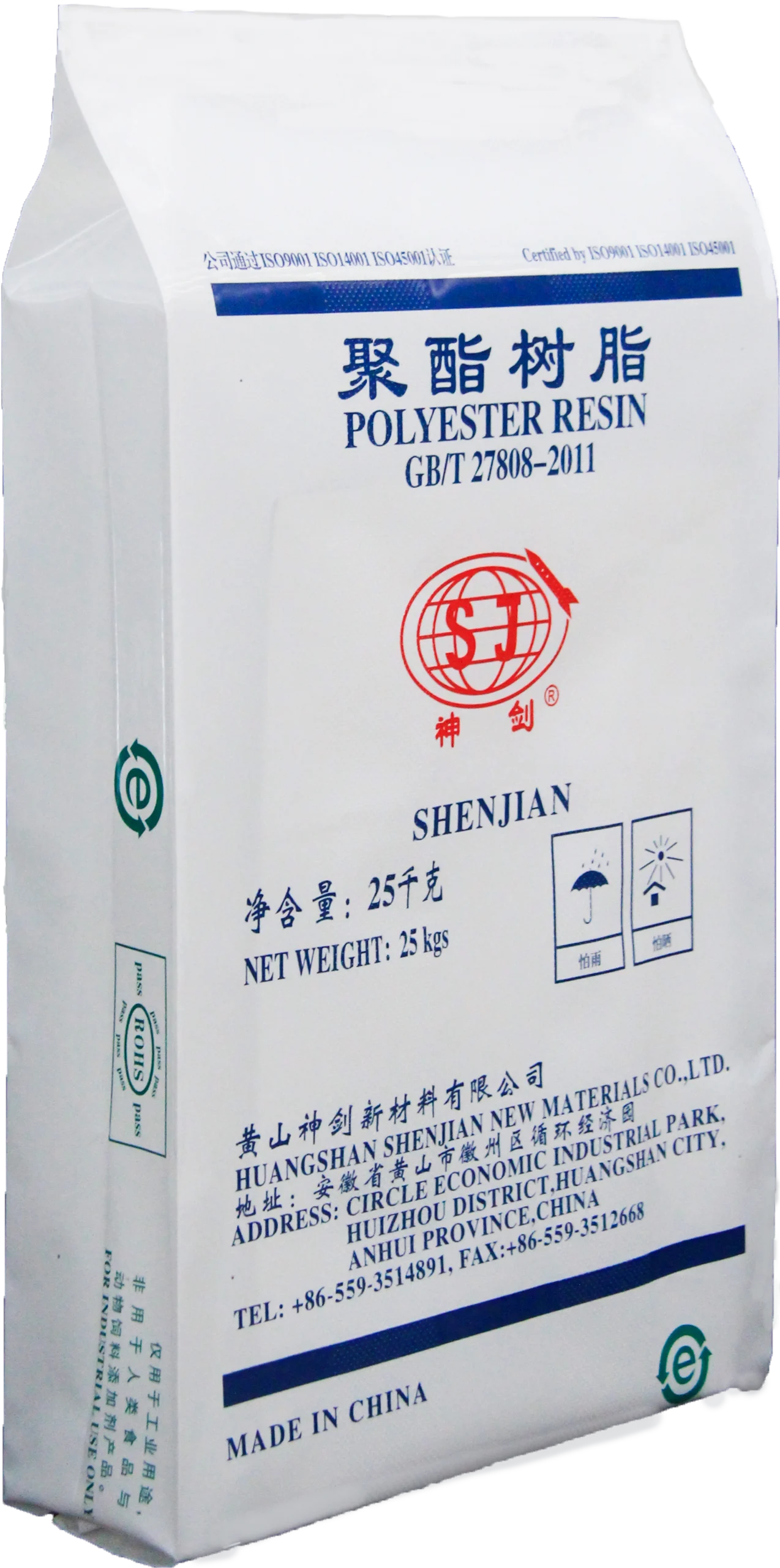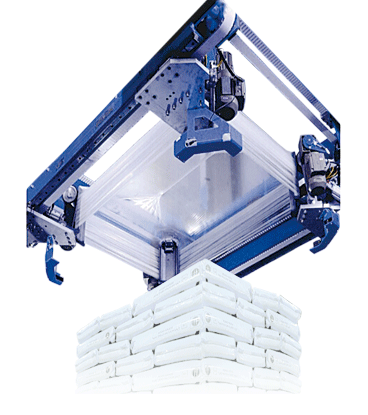

2025-11-21
With the rapid development of the packaging industry, the requirements for packaging materials are constantly increasing. High-strength FFS film (Form-Fill-Seal Film), as a new type of packaging material, is gradually replacing traditional films in many fields due to its superior performance. Compared to traditional films, FFS film exhibits significant advantages in strength, transparency, durability, and environmental friendliness, better meeting modern packaging needs. This article will delve into the performance differences between high-strength FFS film and traditional films to help companies make more informed decisions when choosing packaging materials.
1. Strength and Durability
Traditional films are typically made from materials such as polyethylene (PE) and polypropylene (PP). Their main advantage is lower cost, making them suitable for general packaging needs. However, these traditional films are relatively weak in tensile strength, tear resistance, and abrasion resistance, especially when packaging is heavy or the external environment is harsh, making them prone to tearing or damage.
In contrast, high-strength FFS film uses more advanced materials and a multi-layered composite structure, resulting in higher tensile strength and tear resistance, and the ability to withstand greater external forces. This allows FFS film to better protect packaged goods during long-term storage and transportation, reducing the risk of packaging damage. Furthermore, high-strength FFS film typically has higher heat resistance and UV resistance, enabling it to withstand various extreme environmental conditions, such as high temperatures, humidity fluctuations, and prolonged sun exposure.
2. Transparency and Visual Effects
Transparency is a crucial performance indicator for packaging films, especially in food and pharmaceutical packaging, where it directly impacts product presentation and consumer purchasing decisions. Traditional films have relatively low transparency and are prone to becoming cloudy or yellowing due to external factors (such as temperature and humidity), affecting product appearance.
High-strength FFS film, on the other hand, possesses excellent optical properties. Its transparency and gloss are generally superior to traditional films, resulting in a clearer and brighter packaging effect. This high transparency not only enhances the product’s visual appeal but also effectively showcases its quality, strengthening consumer trust.
3. Processing Performance and Automation
In packaging production, FFS film is commonly used in automated packaging equipment, and its processing performance is a major difference between it and traditional films. High-strength FFS film possesses excellent heat-sealing performance and forming capabilities, meeting the demands of high-speed automated production lines. It ensures heat-sealing quality and packaging integrity even at high production speeds.
In contrast, traditional films may encounter problems during processing, such as inadequate heat sealing and poor forming, limiting their application in high-efficiency production lines. The multi-layered structure of high-strength FFS film allows for the use of different materials in different layers to optimize performance, improve packaging efficiency and quality, and reduce waste rates during production.
4. Environmental Friendliness and Recyclability
In recent years, with increasing environmental awareness, the recyclability and environmental friendliness of packaging materials have become particularly important. While traditional films are relatively simple to produce, their material homogeneity often makes them difficult to recycle and places a significant burden on the environment.
High-strength FFS film makes significant improvements in environmental protection. It typically uses recyclable materials and its multi-layered composite structure improves material utilization efficiency and reduces resource waste. Furthermore, the versatility of FFS film gives it an advantage in reducing the number of packaging layers and the amount of plastic used, aligning with current trends in sustainable development.
5. Cost-Effectiveness
While the unit price of high-strength FFS film is relatively high, its superior strength, better transparency, and excellent processability result in greater cost-effectiveness in the long run. The durability and damage resistance of high-strength FFS film reduce product loss during transportation and storage, thereby reducing return and exchange costs and secondary packaging costs.
High-strength FFS film outperforms traditional films in many aspects, particularly in strength, transparency, processability, and environmental friendliness. With the growing market demand for high-quality packaging materials, more and more companies are focusing on the advantages of this new material. Yuandian Company, leveraging its leading technology and extensive industry experience, is committed to providing high-performance, high-quality FFS films to meet customers’ needs in various packaging applications. As an industry leader, Yuandian Company will continue to innovate and drive the sustainable development of the packaging industry.
Pagina anterior:10 términos clave sobre film estirable que debes conocer (Parte 1): Ahorra costes eligiendo el material adecuado
Próxima página:Sin artículo
Mas noticias
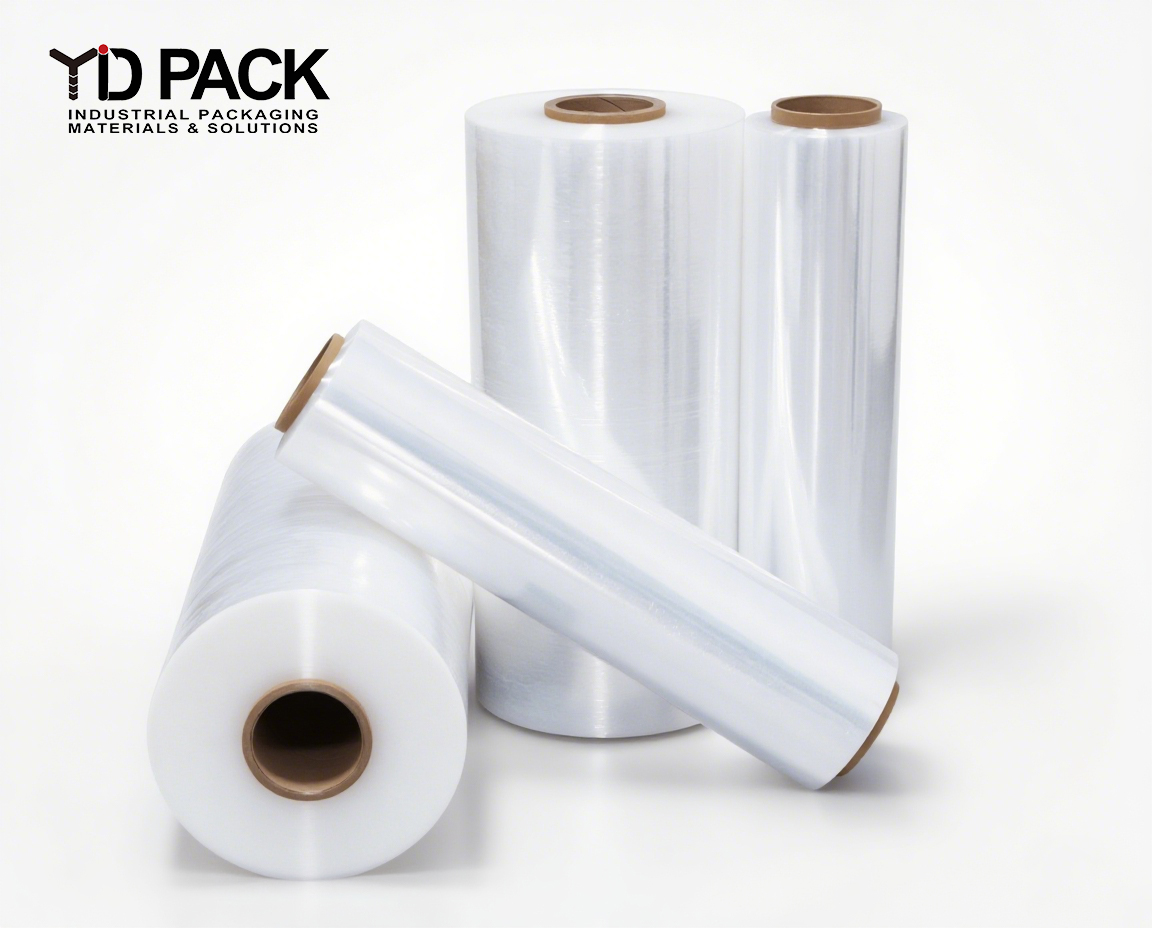
2025-11-21
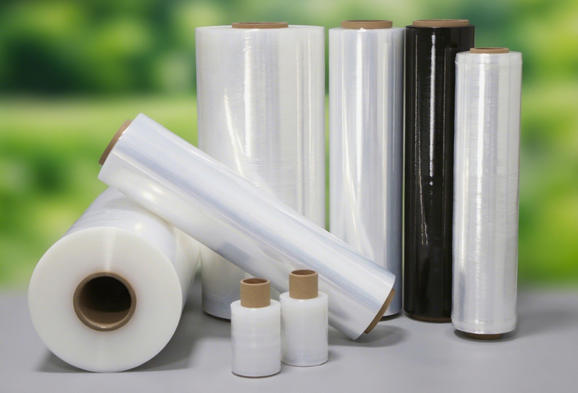
2025-11-21
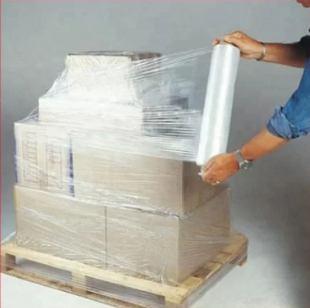
2025-11-17

2025-11-08
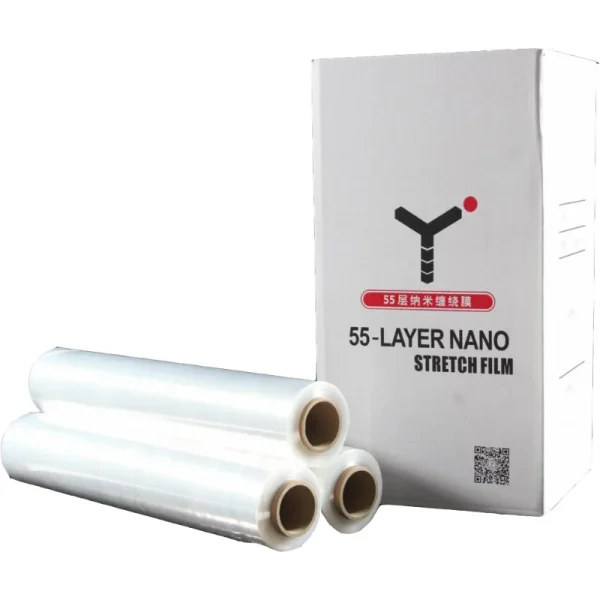
2025-11-07
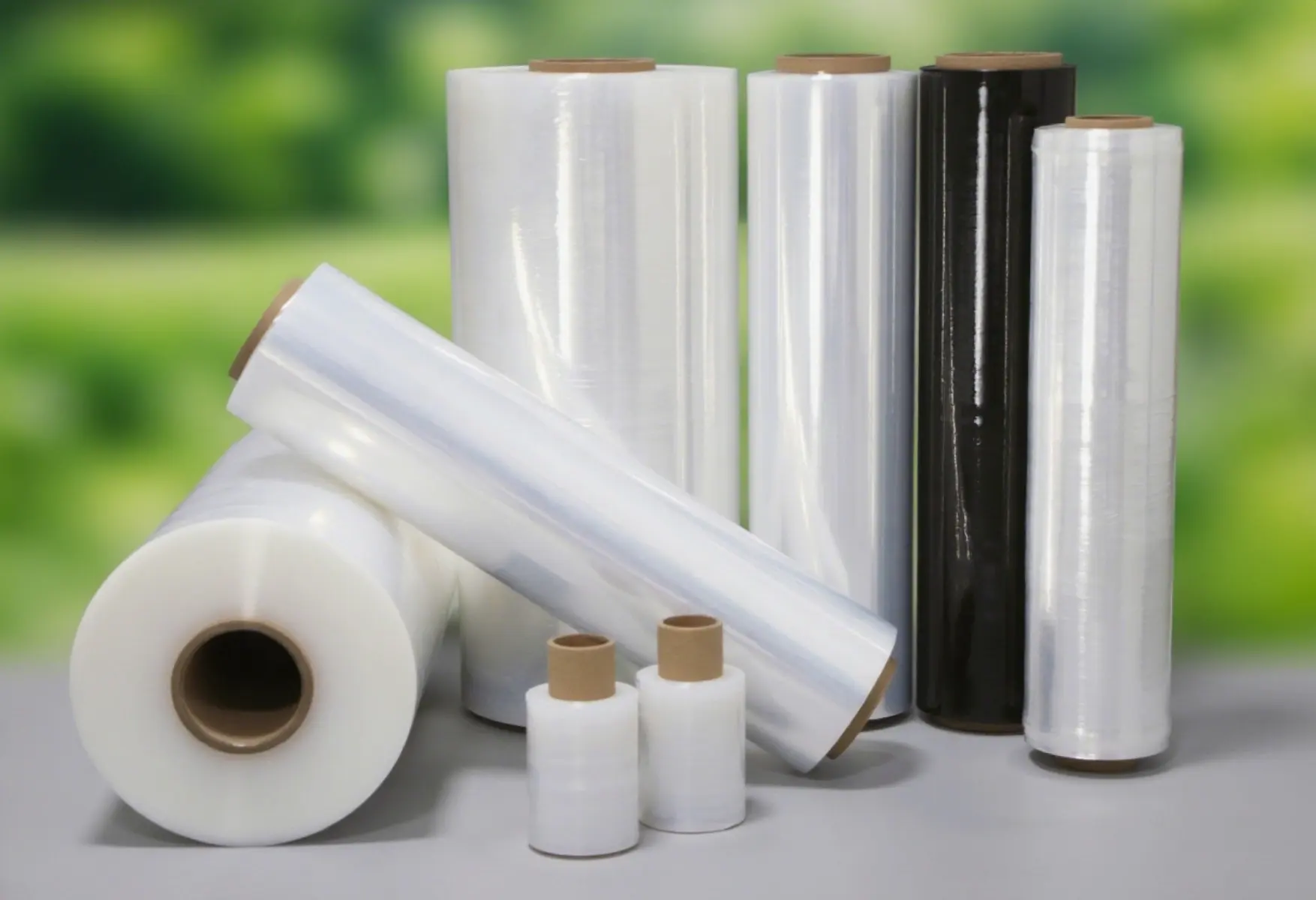
2025-11-03

2025-10-28

2025-10-21

